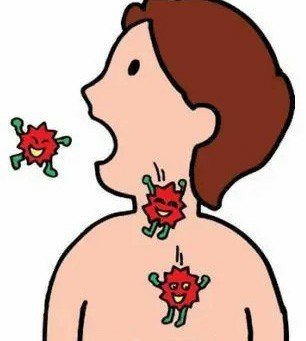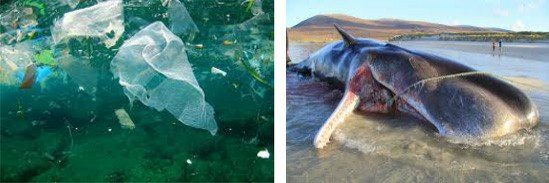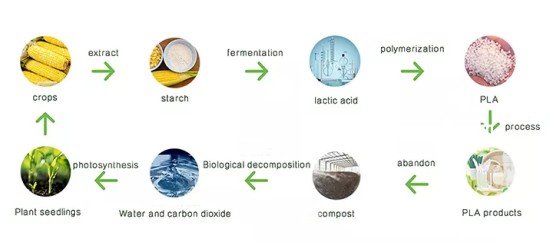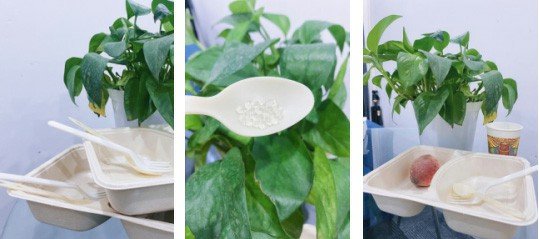As the saying goes, “disease comes from the mouth”, which profoundly reveals the close relationship between eating and drinking and human health.

To prevent “disease from the mouth”, scientific, reasonable and hygienic eating habits are very important.
In life, some people like to use boiling water or tea to wash dishes when eating out, hoping to play a role in cleaning and sterilization.
But the question is: Is boiling water really effective for sterilizing the bowl?
In fact, our concern about tableware hygiene is not superfluous.
If the tableware and chopsticks are not sufficiently cleaned and sterilized, or they are subject to secondary pollution after cleaning, there is indeed the possibility of the existence of pathogenic bacteria, especially for some public tableware and chopsticks, which are frequently used and cannot guarantee hygiene.
Experts pointed out that in order to achieve the desired effect of high temperature disinfection, two conditions must be met at the same time: ①Temperature ②Time.
Generally speaking, boiling water at 100°C for more than 5 minutes can kill or inactivate some bacteria and microorganisms.

In order to avoid scalding, the hot water provided by the restaurant is usually around seventy or eighty degrees. This water is poured into cool dishes and the temperature will drop even lower.
In addition, when many people iron tableware, it is a few seconds faster and a dozen seconds slower, which is far from enough in terms of action time.
Therefore, scalding the bowl with boiling water before eating is mostly due to the insufficient temperature and time of action, which cannot guarantee to kill most pathogenic microorganisms. Although the flushing of water can carry away some bacteria, the effect is limited.

How to distinguish whether the disinfection tableware is qualified?
There are still some restaurants that use packaged sterilized tableware, and the hygiene of such tableware is often a concern. So how to preliminarily identify whether these sterilized tableware are qualified?
- Look: Check whether the plastic packaging film for tableware is clean. If there are a lot of impurities on the film, it may be that waste plastics are reused. In addition, it also depends on whether the factory address, contact number, product shelf life, etc.) are complete.
- Smell: After tearing off the plastic seal, smell whether there is a pungent odor. If it is cleaned with an irregular cleaning solution, the residual odor will be serious; if it is not cleaned properly, the oil residue will also have an odor.
- Touch: Touch the tableware with your hand to see if there is any oil stain that has not been rinsed.
Therefore, some businesses choose to provide disposable tableware. However, its dangers cannot be underestimated.
Single-use plastics are plastics that are primarily made from fossil fuel-based chemicals and disposed of after single use. They are a stark example of the throwaway culture that prevails among us.
Plastic plates and bowls have an important place in the modern 21st century home. They are unbreakable, lighter, cheaper and easier to clean than regular ceramic plates!
Plastic panels are usually made from two main chemicals – polystyrene and melamine. These are considered safe if consumed in small amounts. But how much of this amount is safe for us? Who will define it?
Another way these harmful substances reach our bodies through plastic is:
- Chemicals penetrate food through contact with food packaging.
- Microplastics enter our bodies through the plastic bottles we use to drink water.
In addition to its adverse effects on human health, plastic cutlery also poses a catastrophic threat to the environment. Seals, whales, turtles and other aquatic animals are most at risk as a lot of plastic waste enters the ocean.

While it is nearly impossible to completely eliminate the use of plastic sheets and exposure to plastic chemicals, there are steps we can take to reduce the use of plastic sheets. Especially after the “Plastic an”, degradable disposable tableware has become popular. Compared with ordinary plastic tableware, it is more environmentally friendly and safe because it is extracted from corn and fermented and polymerized into PLA, which is processed into disposable tableware. Degradable tableware.

The advantages of disposable degradable tableware
Pollution-free: Because it is refined from corn starch and other environmentally friendly materials, it does not contain substances harmful to the human body, so it can be used for a long time with confidence.
- Zero Pollution: The product is buried in the soil, and at a suitable temperature, it can be degraded to form carbon dioxide and water after 110 days, without causing pollution to the soil and air.
- Saving Resources: Corn starch is a renewable resource, which is inexhaustible and inexhaustible, while paper tableware and plastic tableware require a lot of wood and petrochemical products. Using corn starch as raw material can save a lot of oil and forest resources.
- High Quality: The product has good dense weave, water resistance, oil resistance, anti-penetration, and good high temperature and low temperature resistance. It is suitable for refrigerator freezing, refrigeration, fresh-keeping food, microwave heating, etc.

Key words: tableware; table manners; chopsticks; spoon; knife; fork; disposable tableware; degradable tableware;






